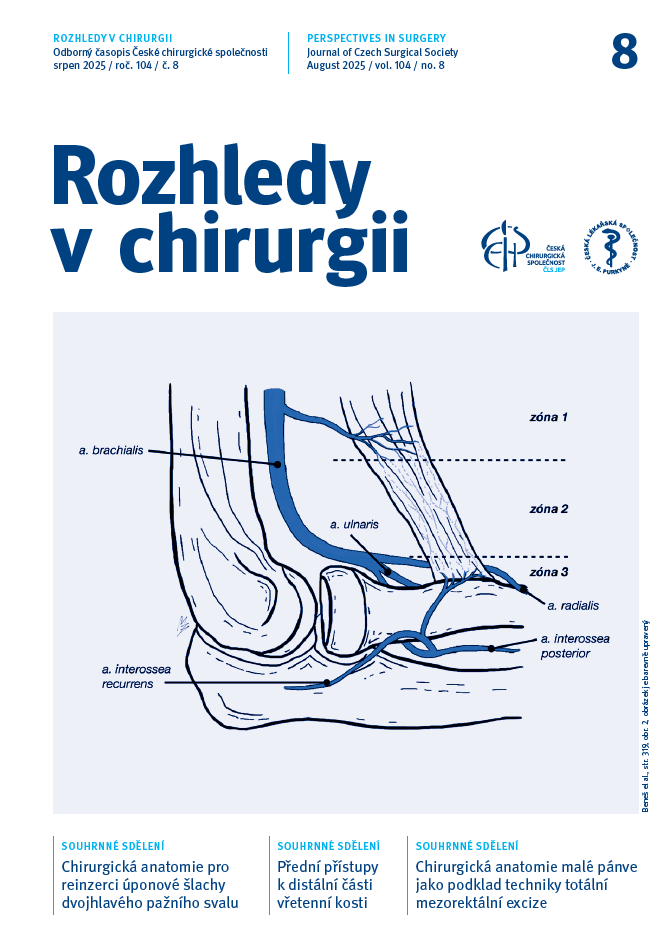Abstract
Introduction: The modified Henry approach is predominantly used in the treatment of distal radius fractures. Over the years, it has undergone numerous modifications, and its original interpretation varies significantly. This summary also discusses other volar approaches to the distal radius. The original description of the approach is attributed to Arnold Kirkpatrick Henry, who, in his three publications, mentions the interval between the radial artery and the flexor carpi radialis muscle. Currently, many controversies are being debated, including extended approaches, techniques and options for transecting the pronator quadratus muscle, indications and methods for carpal tunnel release, transection of the brachioradialis muscle, and others.
Variations: Anatomical structures visualized during the modified Henry approach are not highly variable. Occasionally, an accessory flexor carpi radialis brevis muscle and several variants of the pronator quadratus muscle may be present, which have only been described in case reports.
Conclusion: Among the many controversies debated regarding the modified Henry approach, the most clinically significant are the proper release of the brachioradialis muscle and the early detection of carpal tunnel symptoms followed by appropriate intervention. Other volar approaches are used less frequently and typically in specific indications.
doi: 10.48095/ccrvch2025326


